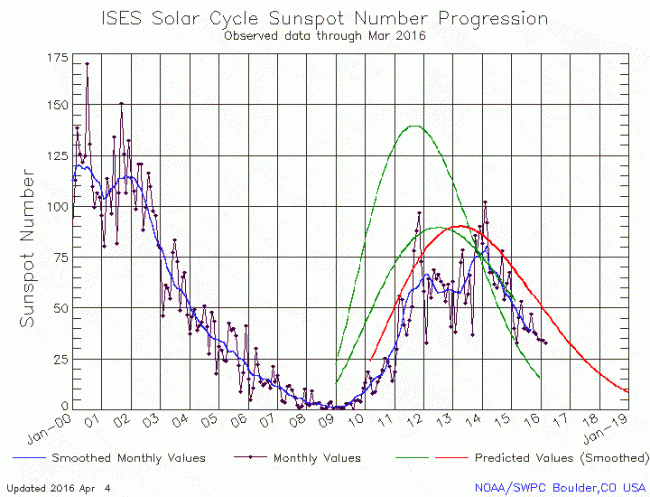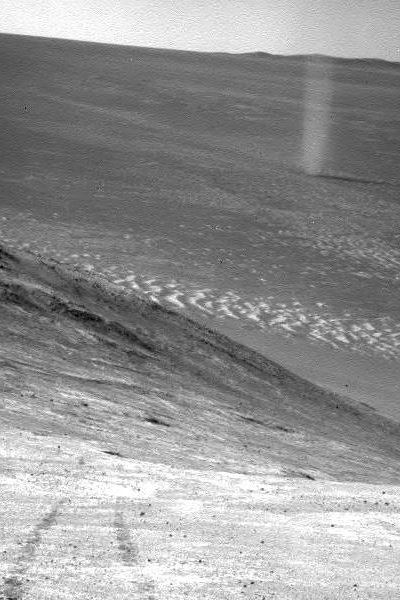The changing color of Comet 67P/C-G
Data from Rosetta has found that Comet 67P/C-G has changed color and brightness since the spacecraft’s arrival.
Even when Rosetta first rendezvoused with the comet far from the Sun, ices hidden below the surface were being gently warmed, sublimating into gas, and escaping, lifting some of the surface dust away and contributing to the comet’s coma and tail. VIRTIS shows that as the ‘old’ dust layers were slowly ejected, fresher material was gradually exposed. This new surface was both more reflective, making the comet brighter, and richer in ice, resulting in bluer measurements.
On average, the comet’s brightness changed by about 34%. In the Imhotep region, it increased from 6.4% to 9.7% over the three months of observations
The changes are similar to those found on the Moon when the surface there is disturbed. The old surface is very dark. When hit by a meteorite or scrapped by an astronaut’s foot, it brightens. In the case of Comet 67P, the underlying ice pushes outward when heated, the dust is removed, and the surface gets brighter.
Data from Rosetta has found that Comet 67P/C-G has changed color and brightness since the spacecraft’s arrival.
Even when Rosetta first rendezvoused with the comet far from the Sun, ices hidden below the surface were being gently warmed, sublimating into gas, and escaping, lifting some of the surface dust away and contributing to the comet’s coma and tail. VIRTIS shows that as the ‘old’ dust layers were slowly ejected, fresher material was gradually exposed. This new surface was both more reflective, making the comet brighter, and richer in ice, resulting in bluer measurements.
On average, the comet’s brightness changed by about 34%. In the Imhotep region, it increased from 6.4% to 9.7% over the three months of observations
The changes are similar to those found on the Moon when the surface there is disturbed. The old surface is very dark. When hit by a meteorite or scrapped by an astronaut’s foot, it brightens. In the case of Comet 67P, the underlying ice pushes outward when heated, the dust is removed, and the surface gets brighter.





